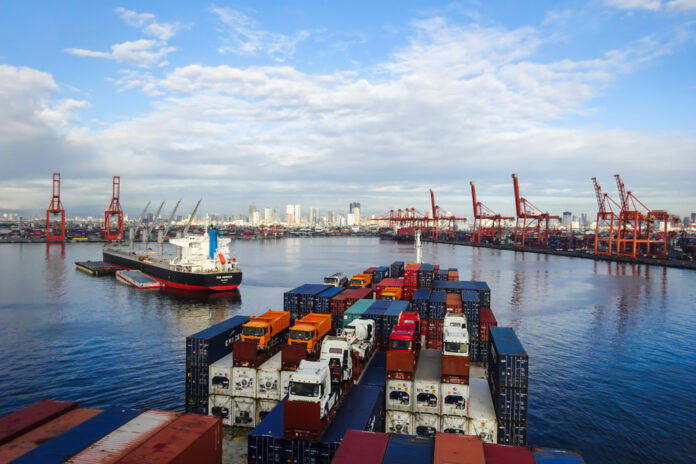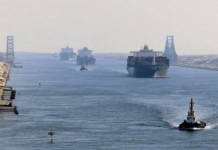
The Red Sea crisis has rejuvenated the sales and purchases of container ships as vessel demand soars, according to Alphaliner’s latest report.
Some 141 ships of 572,600 TEUs were bought and sold between January and June, an average of 23 units per month. This compared to an average of 15 sales per month in the second half of 2023.
When Iran-backed Houthi rebels began attacking ships in response to Israel’s invasion of Palestine in November 2023, container ships began avoiding the Suez Canal and rerouted round the Cape of Good Hope.
At the time, liner operators believed the situation was temporary and did not immediately seek to expand their fleets. However, their attitudes changed when the crisis dragged on and more ships were needed to maintain regular sailings.
Despite 1.6 million TEUs of newbuildings hitting the water in the first six months of 2024, the tonnage shortage has absorbed all these new ships. Alphaliner observed, “Carriers sought even more tonnage in the secondhand market in or der to plug schedule holes and capitalise on firm rates.”
MSC continued to be the most active buyer of secondhand ships as it sought to safeguard its position as the largest operator. The Swiss-Italian operator acquired 33 ships between January and June this year.
On 5 July, Shanghai-based regional carrier BAL Container Line disclosed that it had sold its two under-construction 14,000 TEU ships to MSC, which is forking out US$330 million for the vessels being built at Jiangnan Shipyard in China. This effectively hands BAL a US$49 million profit on the vessels, which were contracted in 2022 and due for completion in 2025.
After a very active year in 2023, French carrier CMA CGM was more subdued, with only five acquisitions in the period. The biggest sellers of ships were Maersk (eight vessels), V Ships Hamburg (eight ships), NSB Niederelbe (seven ships), Capital Ship Management (six ships) and Shoei Kisen Kaisha (five ships).
Prices also firmed in response to the rising demand. Tonnage provider Peter Doehle paid US$51 million for the 9,954 TEU Aristomenis in March. Meanwhile, in May, CMA CGM reportedly paid US$22.5 million and US$26 million respectively for the 3,651 and 4,294 TEU Mendelssohn and Northern Guild.
Alphaliner remarked, “Going into July, sales prices continue to rise, although there are signs that the market may become less active as carriers put fewer ships up for sale, preferring to make the most of the charter market rather than dispose of assets.”
Martina Li
Asia Correspondent





